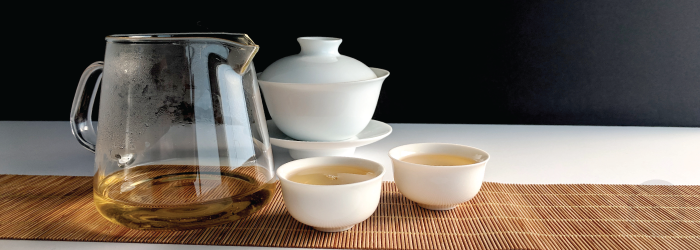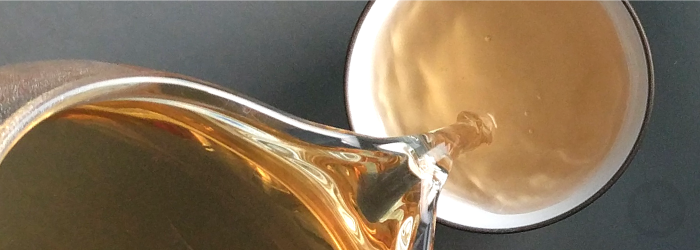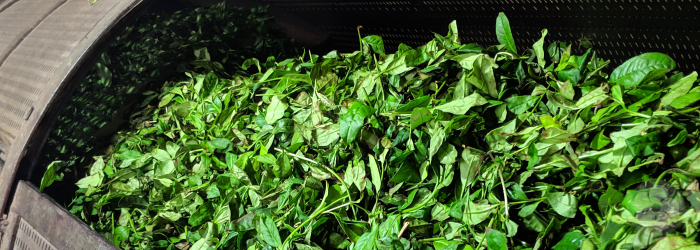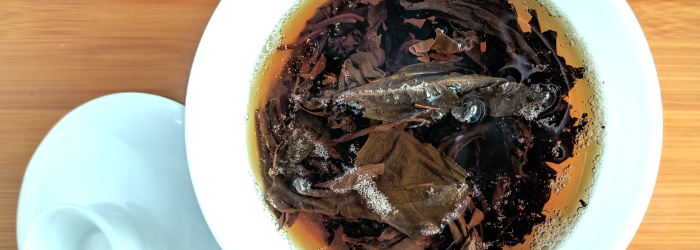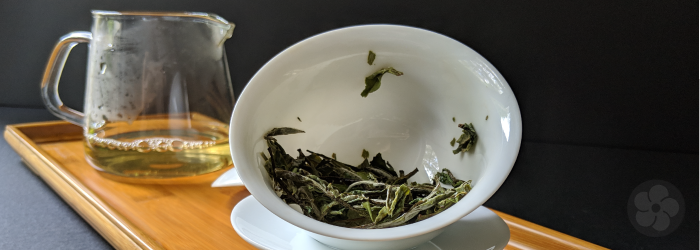The powdered Japanese green tea called matcha has taken the world by storm, with green-tinged baked goods and claims of health benefits thrusting it into the public consciousness all over the world. However, high quality matcha teas are difficult to find internationally, as they use only the best leaves, are labor intensive to grow and craft, and are typically reserved in Japan for ceremonial uses. More common “cooking-grade” matcha is easier to find, but rarely tastes good without sweeteners, since it is intended to be used among other flavors in culinary dishes.
The inherent rarity of high quality matcha means prices are usually high, and while the suspension of powdered leaves delivers all the caffeine and health benefits of the tea in one concentrated shot, it also means a fresh serving of dry leaf is required for each new cup. In addition, matcha teas go stale quickly and must be consumed while fresh, given the large amount of surface area exposed when the leaves are ground to a fine powder. By contrast, whole leaf teas that are properly dried and finished can last at least a year before going stale, and deliver flavor through at least three infusions of the same leaves.
Continue reading


